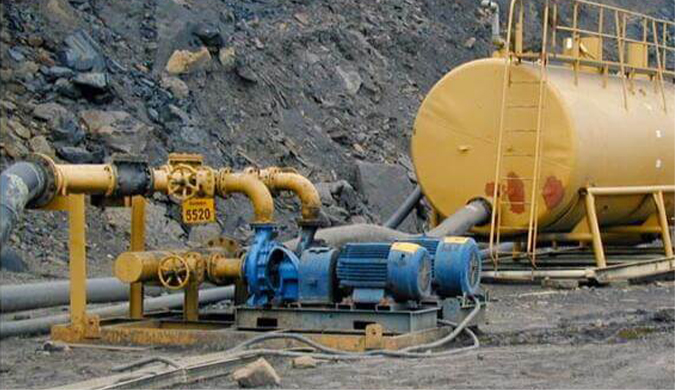Spanish
- Afrikaans
- Albanian
- Amharic
- Arabic
- Armenian
- Azerbaijani
- Basque
- Belarusian
- Bengali
- Bosnian
- Bulgarian
- Catalan
- Cebuano
- Corsican
- Croatian
- Czech
- Danish
- Dutch
- English
- Esperanto
- Estonian
- Finnish
- French
- Frisian
- Galician
- Georgian
- German
- Greek
- Gujarati
- Haitian Creole
- hausa
- hawaiian
- Hebrew
- Hindi
- Miao
- Hungarian
- Icelandic
- igbo
- Indonesian
- irish
- Italian
- Japanese
- Javanese
- Kannada
- kazakh
- Khmer
- Rwandese
- Korean
- Kurdish
- Kyrgyz
- Lao
- Latin
- Latvian
- Lithuanian
- Luxembourgish
- Macedonian
- Malgashi
- Malay
- Malayalam
- Maltese
- Maori
- Marathi
- Mongolian
- Myanmar
- Nepali
- Norwegian
- Norwegian
- Occitan
- Pashto
- Persian
- Polish
- Portuguese
- Punjabi
- Romanian
- Russian
- Samoan
- Scottish Gaelic
- Serbian
- Sesotho
- Shona
- Sindhi
- Sinhala
- Slovak
- Slovenian
- Somali
- Spanish
- Sundanese
- Swahili
- Swedish
- Tagalog
- Tajik
- Tamil
- Tatar
- Telugu
- Thai
- Turkish
- Turkmen
- Ukrainian
- Urdu
- Uighur
- Uzbek
- Vietnamese
- Welsh
- Bantu
- Yiddish
- Yoruba
- Zulu
Telephone: +86 13120555503
Email: frank@cypump.com
Jul . 20, 2024 09:27 Back to list
Comparing Prices of Submersible Sewage Pumps for Different Applications and Specifications in the Market
Understanding Submersible Sewage Pump Prices A Comprehensive Guide
Submersible sewage pumps play a crucial role in wastewater management, effectively transporting sewage and effluent from residential, commercial, and industrial settings to treatment facilities. As demand for these pumps increases, potential buyers often find themselves wondering about the pricing structure and what factors influence the cost. This article aims to delve into the various elements affecting submersible sewage pump prices and provide a clearer understanding for prospective buyers.
Key Factors Influencing Prices
1. Pump Capacity and Size One of the most significant factors affecting the price of submersible sewage pumps is their capacity and size. Pumps are available in various sizes, typically measured in horsepower (HP) and flow rate (GPM or gallons per minute). Generally, larger pumps with higher capacities tend to be more expensive due to their enhanced performance and ability to handle greater volumes of sewage.
2. Material Quality The construction materials used in submersible sewage pumps can significantly impact their cost. Pumps made with higher-quality materials, such as stainless steel and cast iron, tend to be more durable and resistant to corrosion, thus commanding higher prices. While these materials may require a larger initial investment, they often result in long-term savings due to reduced maintenance and replacement costs.
3. Pump Design and Technology Advances in pump technology can also affect pricing. Pumps that employ innovative designs and features, such as vortex impellers or grinders, can efficiently handle solids and reduce clogging. These specialized options often come with a higher price tag but can be worth the investment for specific applications.
4. Brand Reputation The manufacturer of the pump can play a significant role in the price. Established brands with a reputation for reliability and performance may charge more for their products. It's important to remember that investing in a reputable brand often means better customer support, warranty options, and potential long-term benefits.
submersible sewage pump price

5. Energy Efficiency As energy costs continue to rise, many consumers are looking for energy-efficient options for their sewage pumps. While these pumps may have a higher upfront cost, they often lead to reduced energy bills over time. Energy-efficient models may use advanced motor technology or variable frequency drives (VFDs) to optimize performance, which can justify their price premium.
6. Application Specificity The specific requirements of your application can also impact pump prices. Pumps designed for specialized functions, such as handling heavy solids or operating in particular environmental conditions, may be priced higher due to their unique capabilities. Buyers should assess their specific needs and choose a pump that is well-suited to their circumstances.
Average Price Range
The price of submersible sewage pumps can vary widely based on the factors mentioned above. Generally, you can expect to pay anywhere from $200 to over $2,000, depending on the pump's specifications and capabilities. Smaller residential models are typically on the lower end of this spectrum, while industrial-grade pumps can reach the higher end.
Conclusion
When considering a submersible sewage pump, understanding the factors that influence pricing is essential for making an informed decision. By evaluating your needs, the pump's intended application, and the quality of materials and technology, you can choose a product that meets both your requirements and budget. Remember that investing in a reliable, high-quality pump can lead to long-term benefits and efficiency, ultimately making it a worthwhile expenditure.
-
ISG Series Vertical Pipeline Pump - Chi Yuan Pumps Co., LTD.|High Efficiency, Energy Saving, Low Noise
NewsJul.30,2025
-
ISG Series Vertical Pipeline Pump- Chi Yuan Pumps|High Efficiency&Low Noise
NewsJul.30,2025
-
ISG Series Vertical Pipeline Pump-Chi Yuan Pumps Co., LTD.|High Efficiency&Energy Conservation
NewsJul.30,2025
-
ISG Series Vertical Pipeline Pump - Chi Yuan Pumps Co., LTD.|Advanced Hydraulic Design&Energy-Efficient Solutions
NewsJul.30,2025
-
ISG Series Vertical Pipeline Pump - Chi Yuan Pumps Co., LTD.
NewsJul.30,2025
-
ISG Series Vertical Pipeline Pump - Chi Yuan Pumps Co., LTD.|energy-efficient fluid handling&industrial durability
NewsJul.30,2025










